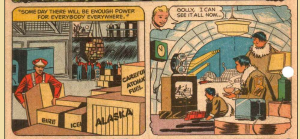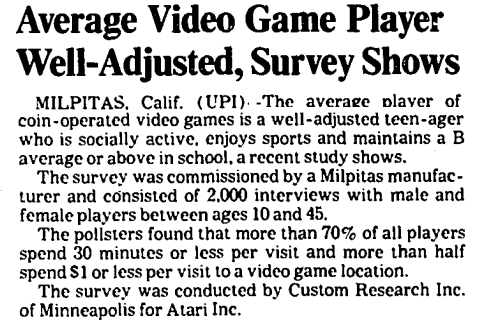S. 1383 – Children’s Protection from Violent Programming Act of 1993 Senate Report
Hearing before the Committee on Commerce, Science, and Transportation – United States Senate – October 20, 1993
On discussing the qualities of television programming, and its damage to the American family, Senator Danforth admits he does not watch television, but:
It is clear to me, as a nonprofessional and non psychologist and non sociologist, that a good part of what has gone wrong in this country is due to our mass media- the coarsening of America; the fact that not only are people shooting people, children are shooting children; the collapse of the American family; the constant parade of stories of sex offenses by teachers against children, and on and on it goes. And it really is a cultural problem in America. And the great, great creator of culture in this country is the mass media, and particularly the medium of television….
The violence, the sex, the general sleaziness both of broadcast and cable television is really an outrage, and it is more than just something that shocks the basic sensitivities of people. I am absolutely convinced that it causes a major problem in the way we treat one another as Americans.
He also knows enough of what’s on television to know that there are constant black-tie ceremonies
where they honor themselves for what wonderful jobs they are doing and what wonderful benefits they are to this country.
But really:
I think somebody sponsor a sleaze award ceremony where people show up, not in black ties but in coveralls, dressed as garbage men…
Chairman: You have not been watching MTV. They do wear overalls and garbage.

S. 1383 – Children’s Protection from Violent Programming Act of 1993 Senate Report
20 Oct 1993




